On the global context of the conflict.
On the global context of the conflict.
By Orçun Göktürk, from Beijing / China
In recent days, a long-standing border dispute between Thailand and Cambodia has flared up once again: the Preah Vihear Temple and its surrounding area. This temple is not only a historical and religious monument, but also a symbol of sovereignty, national pride, and a focal point of great power rivalry in Southeast Asia.
Today, however, the issue is no longer just between Thailand and Cambodia. Every vulnerability in Southeast Asia holds vital importance for China’s emerging geostrategic architecture. Especially when considering recent tensions along the India–Pakistan axis, China’s policy of “stability” has evolved beyond mere rhetoric into a tangible security priority. Meanwhile, the U.S. strategy of “containing China via South Asia,” frequently emphasized in American security documents, also lies at the heart of this issue.
Historical Background: Colonial Maps, Modern Conflicts
The dispute between the two countries dates back to the period when their borders were drawn following France’s occupation of Cambodia in the late 19th century. Maps drawn during the French colonial administration placed the Preah Vihear Temple within Cambodian territory. However, Thailand has argued that the temple lies atop a plateau belonging to Thailand, and that it should therefore fall under its control. This tension temporarily eased in 1962 when the International Court of Justice (ICJ) awarded sovereignty over the temple to Cambodia. But the issue did not end there. The ownership of the land surrounding the temple remains disputed. In particular, Cambodia’s successful bid to have the temple listed as a UNESCO World Heritage Site in 2008 ignited nationalist sentiments in Thailand and triggered clashes.
Between 2008 and 2011, frequent skirmishes broke out along the border, with both countries deploying hundreds of troops to the area. These clashes resulted in both military and civilian casualties. During this time, the ICJ, and ASEAN intervened, but the issue remains unresolved.
ASEAN’s Role: Principled Neutrality or Ineffective Oversight?
By principle, ASEAN refrains from direct intervention in disputes between member states. While it may propose a mediating role, its impact is often limited. For instance, during earlier Thailand–Cambodia border clashes, Indonesia—then chairing ASEAN—attempted to send observers to the region in 2011, but failed to secure Thailand’s approval. This situation revealed ASEAN’s dilemma between the principle of “respect for sovereignty” and its goal of ensuring “regional security.”
Today, ASEAN is more experienced and institutionalized, yet it remains dependent on the internal politics of members like Thailand and Cambodia. As such, ASEAN’s capacity to resolve this dispute continues to rely on the will of its member states. A similar passive stance was evident after the military takeover in Myanmar.
China’s Approach: Calm Power, Deep Influence
China’s primary priority in Southeast Asia can be summed up in one word: stability. This priority is driven not by ideological pacifism, but by geoeconomic rationality. Thailand and Cambodia are key parts of the strategic corridors envisioned in China’s Belt and Road Initiative (BRI). The railway networks extending from Laos through Thailand to Malaysia could be jeopardized by regional instability. For this reason, China does not want to see the Thailand–Cambodia dispute escalate and is working through quiet diplomacy to balance both sides.
At the same time, while Cambodia is the ASEAN member closest to China, Thailand has in recent years distanced itself from the West and moved closer to Beijing. China has managed to establish asymmetric influence over both countries, preventing the escalation of crises while also enhancing its soft power under ASEAN’s general principle of non-confrontation.
China maintains strong individual relations with both Thailand and Cambodia. Cambodia is widely regarded as China’s closest partner within ASEAN. Thailand, a former ally of the United States, has gravitated even further toward China since the military intervention in 2014. China is developing major infrastructure projects, credit agreements, and defense cooperation with both nations.
Thus, rather than taking sides in the Thailand–Cambodia conflict, China follows a policy of “quiet guarantorship.” It wants to prevent the escalation of clashes (as stability is vital for Belt and Road Initiative projects) and seeks to present itself as a “problem-solving” actor within ASEAN to increase its influence.
The U.S. Move: A New Front in the Strategy to Contain China?
From the American perspective, Southeast Asia is a critical front in the strategy to contain China. Reintegrating traditional allies such as Thailand into the “U.S. camp” is among Washington’s top priorities. This is clearly stated in reports such as Asia Foundation’s “Critical Issues for the United States in Southeast Asia in 2025” and the Brookings Institution’s “‘America First’ Cannot Mean ‘America Alone’: Engaging Southeast Asia.” In recent years, the increase in joint exercises with Thailand, the provision of military aid, and pressure through “democratic” rhetoric are all components of this orientation.
Cambodia, however, has experienced a serious rupture in its relations with the United States. In particular, after granting China access to the Ream Naval Base, the U.S. imposed sanctions on Cambodia. In this context, any tension that arises along the Thailand–Cambodia border could become a new geopolitical pressure point for the United States. But the contradiction lies here: Thailand maintains close ties with China while simultaneously trying to keep its military relations with the U.S. alive. As such, it appears difficult for Washington to open a clear front through this crisis, given that China is a regional giant right on its doorstep.
From a Small Temple to Great Power Rivalry
The ongoing dispute over a centuries-old temple on the Thailand–Cambodia border is no longer just a matter between two countries. In disputes where ASEAN falls short, major powers like China and the United States gain greater maneuverability. While China expands its “quiet influence,” the U.S. seeks new bases and allies in the region. However, this power competition brings only more insecurity, greater militarization, and less peace for the people of the region.
Today, while temples remain silent on the border between Thailand and Cambodia, gunshots ring out. Behind the scenes, hand-drawn maps from the French colonial era and the shadows of major powers aligned with the US and China continue to loom over the border between the two countries.



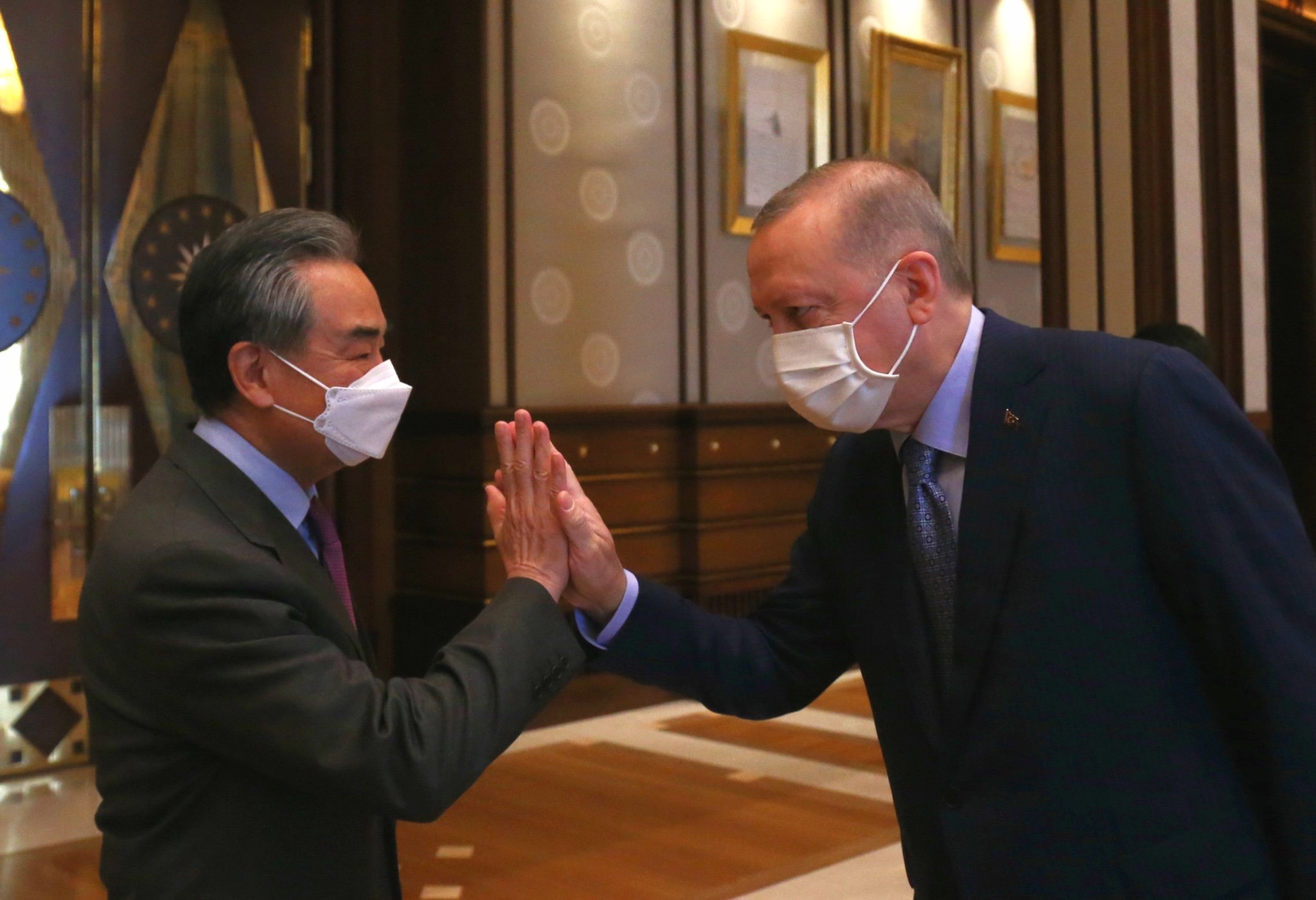



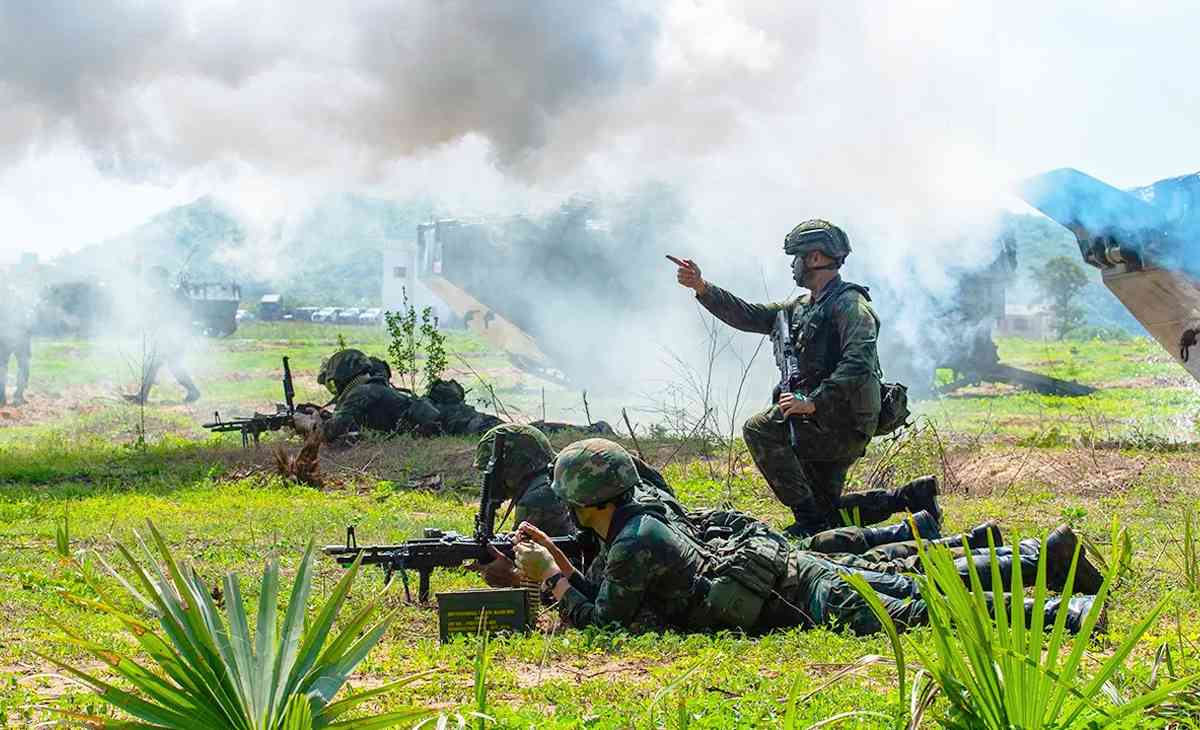


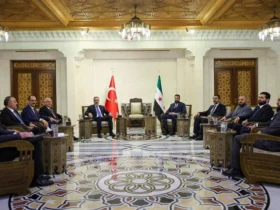



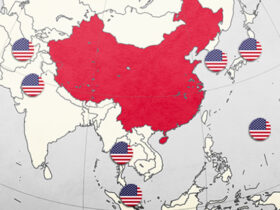
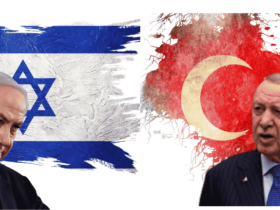
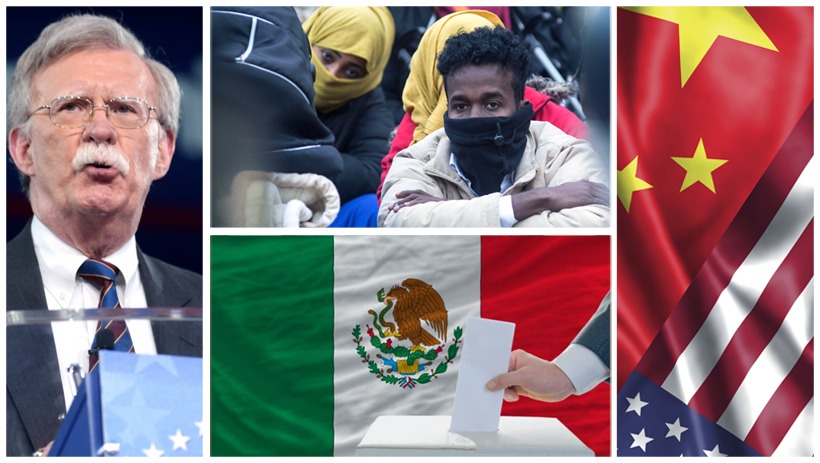
Leave a Reply